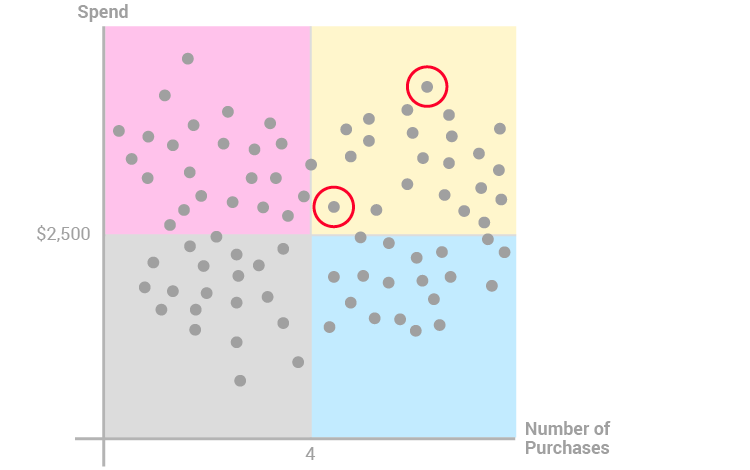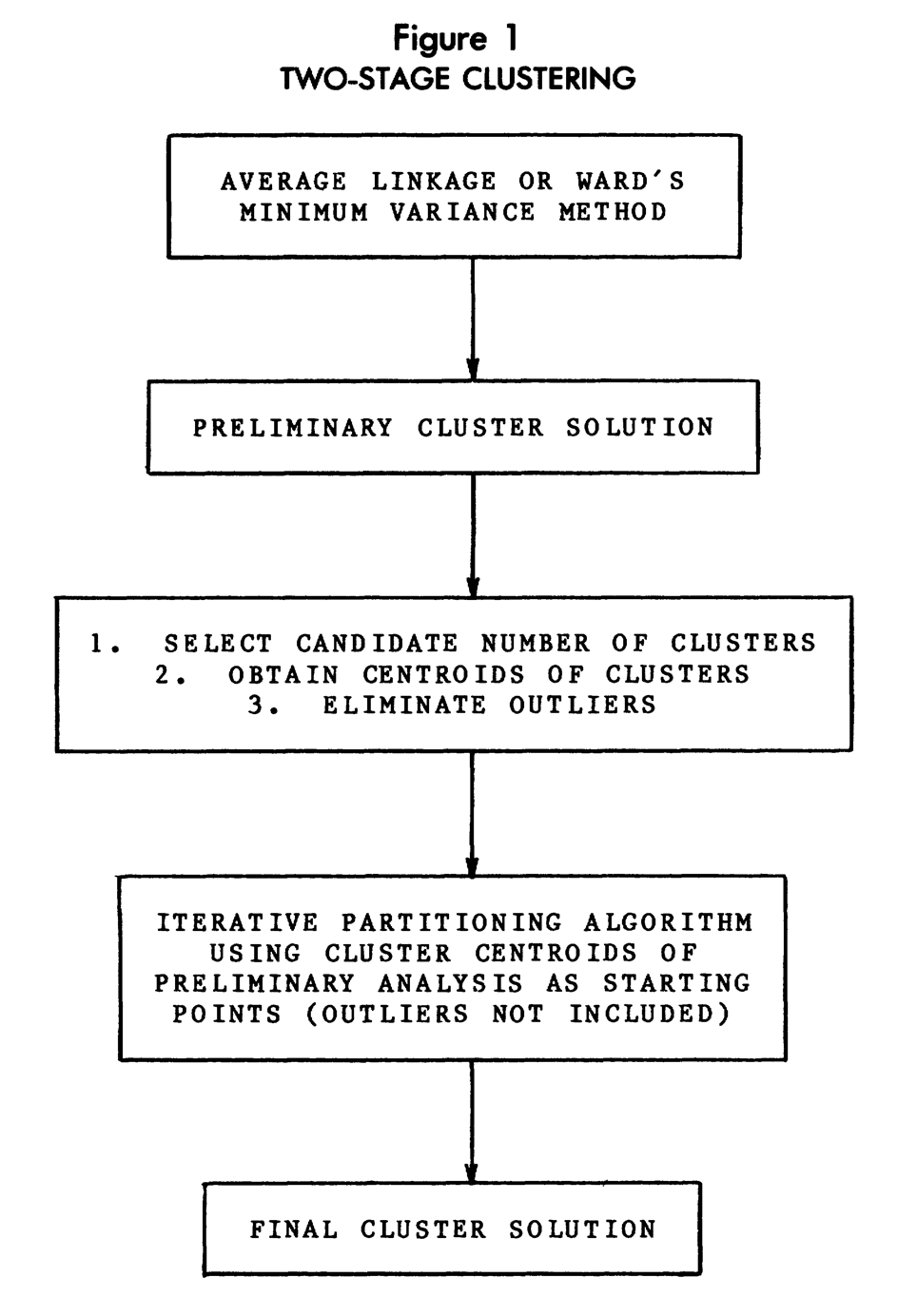Motivation
In class, we had the opportunity to see the interdisciplinary applications of network science and how they can help us to better understand data and their relationships from fields of medicine and finance, to social networks. In addition to these disciplines, the application of network science is extremely prevalent in marketing research. More specifically, analysis on cluster data is used in marketing research in order to better understand a product’s market, a product’s consumers and the relationships that exist between them. I will be taking a closer look at just how effective the applications of cluster analysis are in marketing and the ways in which its current applications can be improved upon!
Analysis
A report by Girish Punj and David W. Stewart identifies 3 primary use cases of cluster analysis in marketing research which include market segmentation, the development of potential new product opportunities, and data reduction.
The use of cluster analysis in market segmentation has been shown to effectively identify groups of entities that share common behavioral characteristics and purchasing habits (for example purchase propensities and media habits).

The issue is that using such a methodology puts the market researcher’s data up for misinterpretation. As previously mentioned, cluster analysis does not belong to a single discipline, and as a result, Punj and Stewart argue that there is a lacking for precise definitions for various terms like “cluster” across disciplines and emphasize how different terms across different disciplines are used to term the same ideas and concepts within cluster analysis techniques. This ultimately makes the data difficult to understand and up for misinterpretation.
The development of potential new market opportunities arise from clustering brands and products, from which competitive sets within the larger market structure can be determined. Punj and Stewart give the example of a firm examining their current offerings with regard to those of its competitors. More specifically, the firm could determine the degree to which an existing or potential product offering is positioned inside or outside of a competitive set with other products. With this being said, cluster analysis is not frequently used for such applications (or is used as an adjunct) because techniques such as multidimensional scaling, factor analysis and discriminant analysis are at the researcher’s disposal.
Cluster analysis also provides researchers with a way to reduce their original data by developing aggregates of data which are more general and manageable than the original. After the groups are homogenized, techniques such as multidimensional scaling procedures may be used to better analyze and interpret the cluster. Simplification of data via methodologies like cluster analysis is useful and prevalent in many disciplines including marketing research, where data is too numerous or too detailed to interpret. Nonetheless, cluster analysis exist among many data reduction techniques and is not as used when compared to techniques like Principal Component Analysis or Factor Analysis.
Taking these problems into consideration, Punjab and Stewart make observations on a plethora of different clustering techniques and propose a new two-stage clustering technique that they believe provides optimal results, generally speaking, as follows.

Conclusion
In conclusion, the application of cluster analysis within marketing has the potential to help market researchers effectively segment the market, develop potential new market products, and reduce data. The blockers that are stopping cluster analysis from achieving, is the ambiguous nature of cluster analysis methodologies and access to other, more optimal data manipulation techniques. Punj and Stewart, however, propose a new two-stage clustering solution which that they believe to be more optimal and precise in structure.
References
Punj, G., & Stewart, D. W. (1983). Cluster Analysis in Marketing Research: Review and Suggestions For Application. Journal of Marketing Research, 20(2), 134. https://doi.org/10.2307/3151680
What is cluster analysis? when should you use it for your results? Qualtrics. (2022, June 27). Retrieved October 19, 2022, from https://www.qualtrics.com/experience-management/research/cluster-analysis/